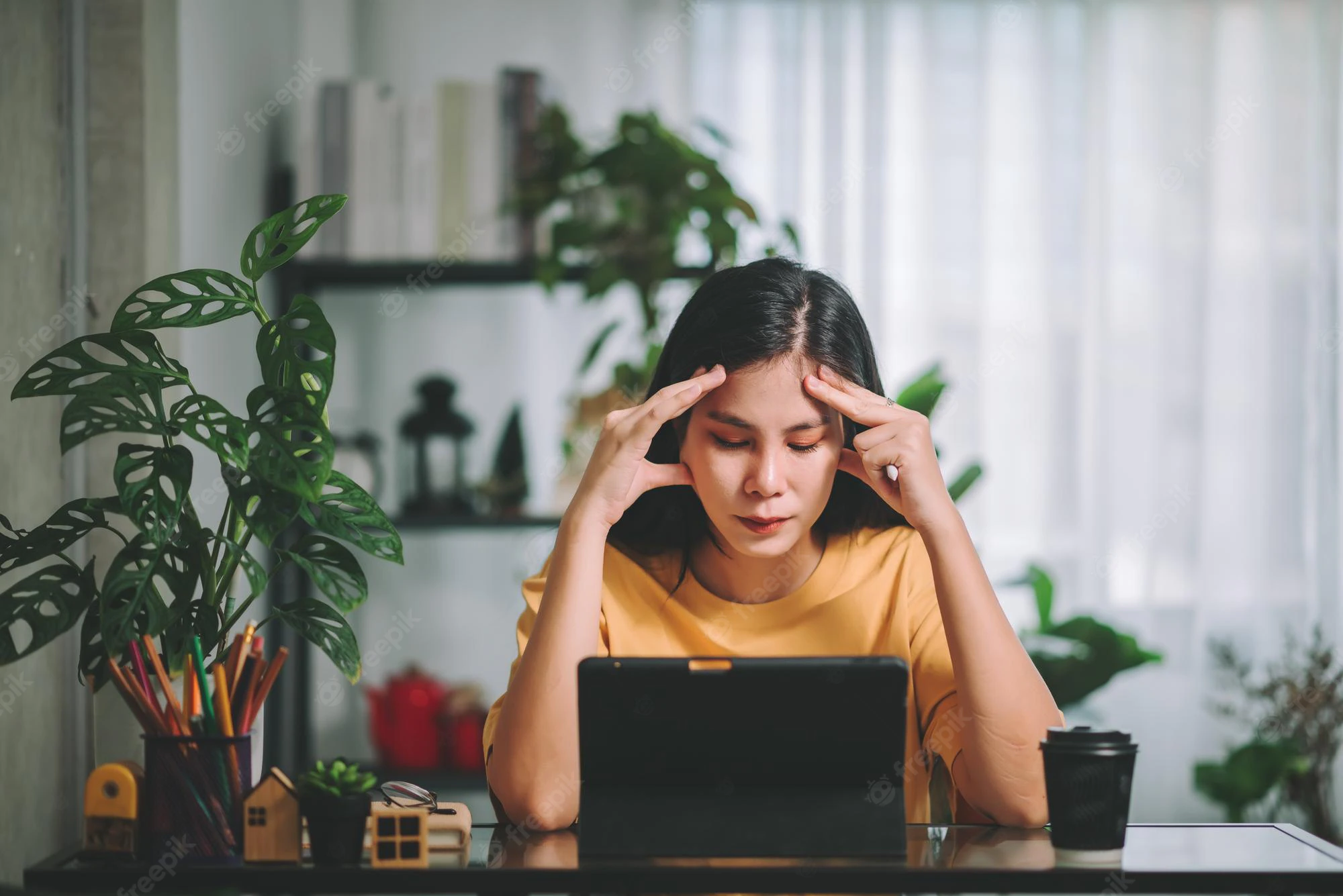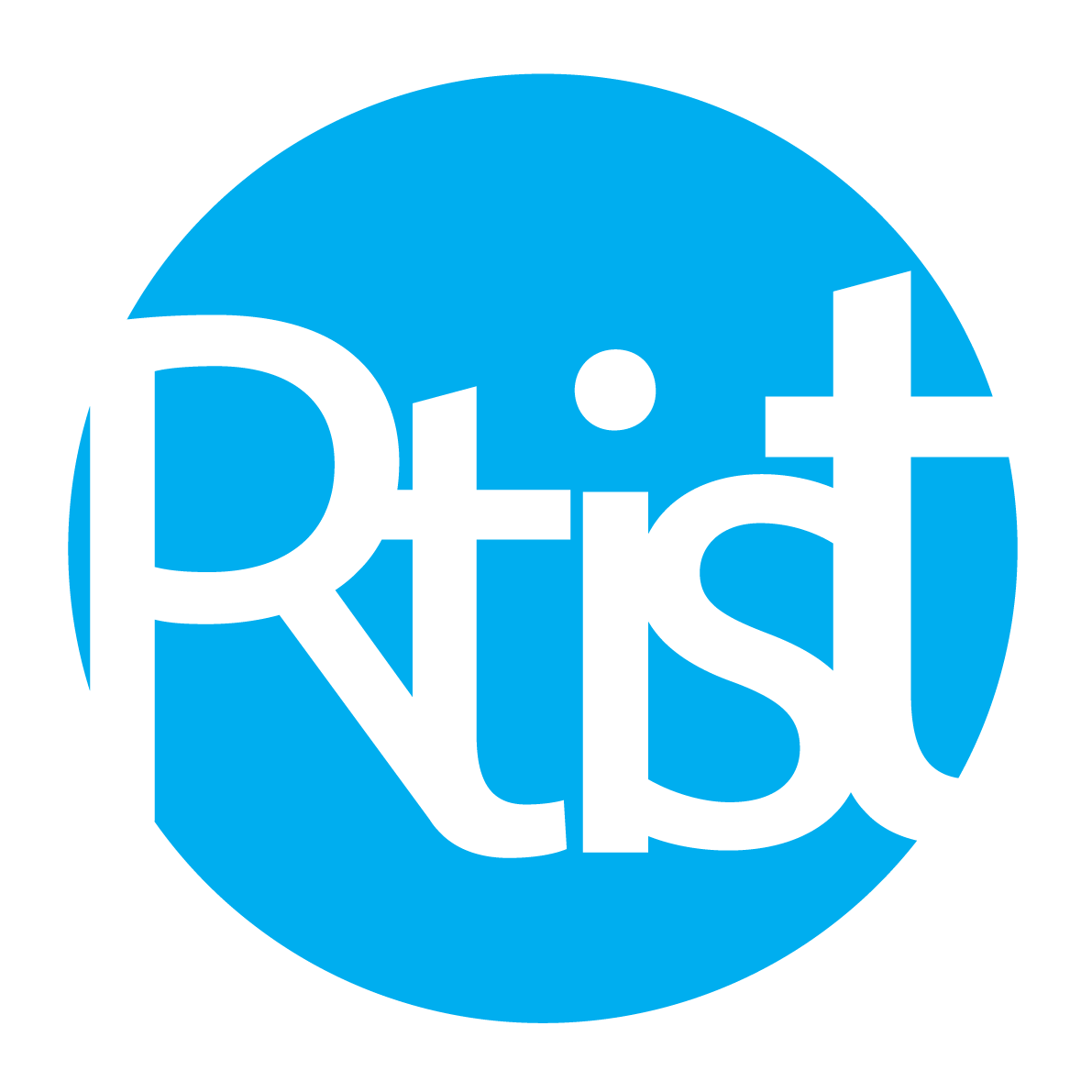
At least one in six workers experience mental health problems, including anxiety and depression. Awareness and support to retain and grow good mental health in the workplace is increasing. However, despite some fantastic resources there is still a gap in awareness and provision for creative freelancers.
This article aims to throw a light on some common issues encountered by creative freelancers. It suggests some practical strategies if you are concerned that your wellbeing is slipping. It’s not the solution but it’s the start of the conversation moving forward.
Just like our physical health, our mental health will ebb and flow. There may be times when we will get ill, but in most cases, we will get better if we identify the problem and get help.
Common Challenges
- Money
We all worry about money. Concerns about money can have an impact on our mental health.
If we are worried, it will make it hard for us to be positive and potentially make us feel unhappy. Freelance income is erratic and hard to predict. As a creative freelancer you are running a small business and any small business can take time to turn a profit. Even then, some years will be more profitable than others.
Financial challenges can present themselves at any stage of your career. Forecast your finances. Work out what you will spend each month and what you can expect to come in. Talk to and network with people with the same struggles to earn a living. They can be reassuring and supportive and may have great practical ideas too.
- “Imposter” Syndrome
Do you feel as if you shouldn’t really be doing the job, that you’re not a ‘proper’ artist? That other people know far more, and are far more skilled than you, and that last commission was just luck?
Well, that’s only human, but that’s also Imposter Syndrome. And it’s something that is amazingly common, with high profile creatives like Maya Angelou, Neil Gaiman and Chris Martin all talking about their experiences of it.
The challenge of Imposter Syndrome is how real it feels. Great success certainly doesn’t make you immune and can even make this feeling stronger. Keep in mind that most other creative freelancers will also have doubts about themselves and their work. This may help you feel more human, less depressed and more connected.
What you can do to counter this is to measure your success impartially – write down what you’ve achieved each week. This will help you to focus on what’s going well and that you are making progress, even when it doesn’t feel that way.
- Rejection
It’s realistic to expect to have to apply for five times as many jobs as you will get. That might be basic business for creatives, but it doesn’t make each rejection any easier. When you submit your work, your portfolio or your samples it can feel personal when you don’t get the commission. For those who share personal creative work, it’s crucial to build resilience to withstand the criticism and rejection, as well as the praise and success that comes with it.
Remember that although you control the amount of effort you put into a submission, you cannot control how it lands at the other end. Stay grounded by remembering how this area of creative business works: that rejections involve personal response not objective truth, for example, and that most creatives are rejected many times. Understand that you are not going to secure every commission, and this will help you to get used to the unavoidable process of rejection.
- Working Alone
For a lot of creative freelancers, working alone is a reality of the job. You might work from home or at a studio, but chances are, you’ll have days where you could easily not speak to another person unless you make it part of your daily routine. There are freedoms that come with working alone, in terms of flexibility and work/life integration, but not only can it throw up issues of loneliness and isolation, it can also mean that you don’t have anyone to brainstorm ideas with or to act as a sounding board.
Think about what works best for you. There is no need to feel undermined by the narrative that collaboration is somehow better, more effective or more virtuous, than working alone. Better yet, find a group of likeminded peers (like Rtist!). Regular connection with others in the same field will help you to realise that everyone is facing (or has faced) similar challenges and they can offer valuable support about how to overcome these.
- Work/Life Balance
For a creative freelancer there is often the temptation to work all-hours, to earn more money, finish the project, make it just that bit better. The ‘sleep when you’re dead’ ethos, often seen in the creative industries, is not healthy. Creatives, perhaps more than others, need space and time to just BE. To let creativity, your most important asset, do its thing, percolate ideas, digest concepts and generally flourish. You need to have a proper work/life balance.
Keep strict working times or targets, such as a word count or daily design targets. Sometimes knowing you have a limited amount of time, or goal, each day can make you more productive. Don’t beat yourself up when you miss a self imposed target. You might have set the wrong target. Remember, creativity doesn’t always work in fixed hours, and your everyday life can also get in the way.
- Feeling Overwhelmed
The often-sporadic nature of finding jobs and the multi-disciplinary reality of freelance work can mean that we accept everything and take on too much work. The fear of saying no in case work doesn’t come our way again can lead to taking on too much, becoming overwhelmed and this cycle of overworking can have a negative impact on our wellbeing.
Balancing our work, which often includes creative work, self promotion, business planning and accounts, as well as life priorities such as families and relationships is not easy, and sometimes it can feel harder than others.
One way to go about it is to plan your working week and allow time to tackle a little bit of business, promotion, family and creative work. If you need a lot of time to focus on one area – plan it in. Think about how you can work smarter, not harder.
- Creativity Block
The blank piece of paper (metaphorical or startlingly real) stares back at you. Many artists have it – the creative block that dries everything up and stultifies you. It’s perfectly normal but can be stressful, and make you consider your worth.
Acknowledge that creative blocks are a common part of the process. You have two choices and either might work:
a) fight the blocks and work on through, OR
b) don’t fight them – try to do something else and come back to it later.
Go for a walk or run, do the housework or gardening, or something creatively different from the thing you’re trying to do. You’ll find that it works wonders.
Conclusion
There you have it. Whatever you take away from this guide, remember that you are not alone – help is out there. Don’t wait until it’s too late in your freelancing journey before you address your mental health.
If you’re still not sure where to start your freelancing journey, why not check out Rtist? We have one of the biggest creative talent communities in Malaysia that matches you with your clients. Check us out now!
